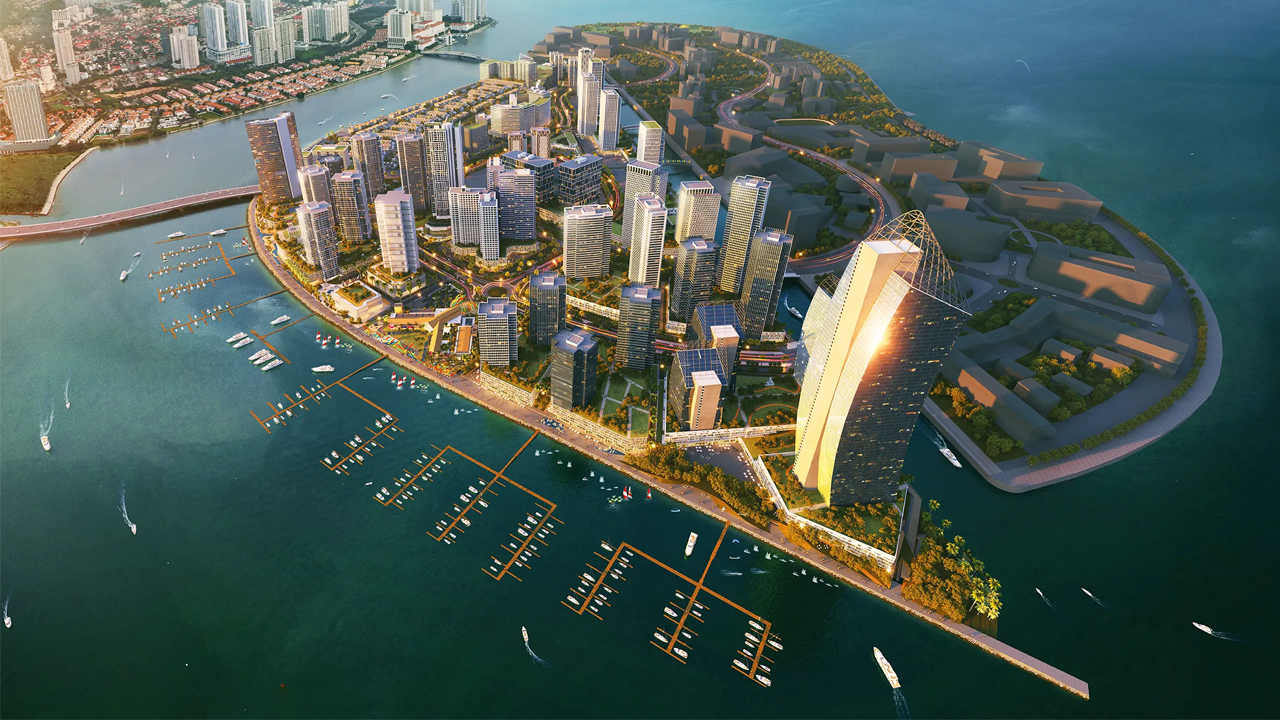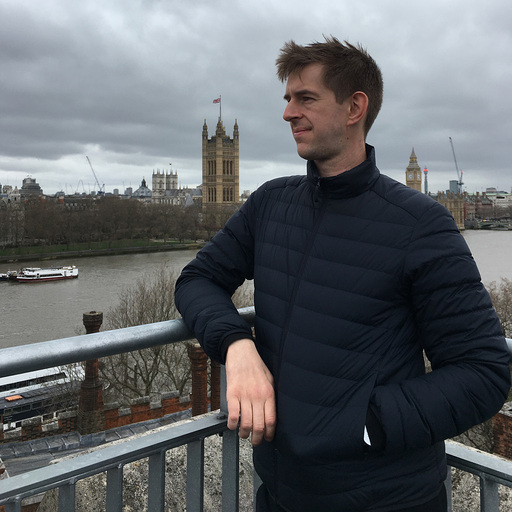Saudi Arabia's World Cup Stadiums Explained
- Youtube Views 0 VIDEO VIEWS
Video hosted and narrated by Fred Mills. This video contains paid promotion for Better Help.
The 2034 FIFA Men’s World Cup is coming to Saudi Arabia. The Kingdom, which has been rapidly expanding its infrastructure and pushing the boundaries of architectural innovation, will now build or renovate 15 stadiums across the country, marking a bold step in its bid to become a global sporting hub.
The tournament will be hosted across 11 newly constructed venues, while four existing stadiums will undergo extensive renovations to meet FIFA’s rigorous standards.
At the forefront of these developments is the King Salman International Stadium in Riyadh, which will host the tournament’s final match. Once completed, this stadium will be the largest in Saudi Arabia, boasting a capacity of 92,000. In addition to its sheer size, the complex will feature facilities for BMX, volleyball, and basketball, alongside 96,500 square metres of gardens that will cover rooftops, walls, and parks —an impressive attempt to bolster its sustainability credentials, though some question how viable such greenery is in the arid Saudi desert.

The capital city of Riyadh will play a central role in the tournament, with eight of the 15 venues located there. Among them is the King Fahd Sports City Stadium, which first opened in 1987. Known for its distinctive roof, designed to evoke a Bedouin tent, the stadium will undergo renovations to prepare for the tournament, while retaining its symbolic architecture. Once upgraded, it will join the King Salman International in boasting a capacity of 92,000.

Saudi Arabia’s World Cup plans also include some of the most futuristic stadium designs ever seen. The Roshn Stadium, although shrouded in mystery with no architect officially attached to the project, promises to be a massive structure covering 450,000 square metres—larger than the Vatican—despite the pitch itself being just 6,500 square metres. The unconventional design is drawing attention for its sheer scale and its elemental, almost otherworldly aesthetic.
Similarly ambitious is the Prince Mohammed bin Salman Stadium, announced earlier this year. Its striking geometric blocks, covered in LED screens, make it one of the most visually arresting designs. The stadium, which will feature both a retractable roof and pitch, is set to become a hub not only for football but for esports and drone racing. Located on the edge of a cliff, it will be one of the most daring stadiums ever constructed.
Not all the stadiums are leaning towards avant-garde designs. The Jeddah Central Development Stadium, designed by GMP Architekten, takes a more subdued approach. Inspired by the traditional architecture of Jeddah’s historic Al Balad district, the stadium blends into its surroundings, with mixed-use buildings erasing the usual boundaries of a football venue. Similarly, the Prince Faisal bin Fahd Sports City Stadium, with its sandy tones and tent-like structures, draws inspiration from Salmani architecture, a style rooted in the central region of Saudi Arabia.
Populous, a global leader in stadium architecture, is heavily involved in the 2034 World Cup, working on eight of the venues, including expansions to the King Saud University Stadium, which will add 13,000 seats to bring its total capacity to 46,000. The focus for these designs is practicality and longevity, with the hope that the stadiums will have life beyond the tournament.

Among the boldest projects is the proposed NEOM Stadium, which is set to sit atop The Line—a 170-kilometre linear city that has captured the world’s imagination. If completed, it will be the highest stadium in the world, sitting 350 metres above ground. However, serious logistical questions remain about how such a venue would operate, particularly how to transport 46,000 fans up and down from the stadium.
Other stadiums, like the New Murabba Stadium in Riyadh, boast similarly audacious designs, with structures meant to evoke desert canyons and acacia tree bark, blending modernity with cultural symbolism.
While the 2034 World Cup promises to be a spectacle of unprecedented architectural ambition, it is not without controversy. Earlier this year, the Building and Wood Workers’ International organisation filed a formal complaint, citing forced labour and unpaid wages for some 21,000 workers in the construction industry. Additionally, the BBC revealed that security forces had allegedly been instructed to use lethal force while clearing land for the massive NEOM project, raising further ethical concerns.
Despite these challenges, Saudi Arabia is pushing forward with its plans, positioning itself as a key player in global sports and culture. The 2034 World Cup will no doubt serve as a significant marker of the Kingdom’s aspirations, both in terms of sporting legacy and its broader vision for the future. Whether the reality lives up to the renderings remains to be seen, but if completed as planned, the 2034 tournament will undoubtedly be one of the most spectacular—and scrutinised—World Cups in history.
This video and article contain paid promotion for Better Help.
Video narrated and hosted by Fred Mills.
We welcome you sharing our content to inspire others, but please be nice and play by our rules.








